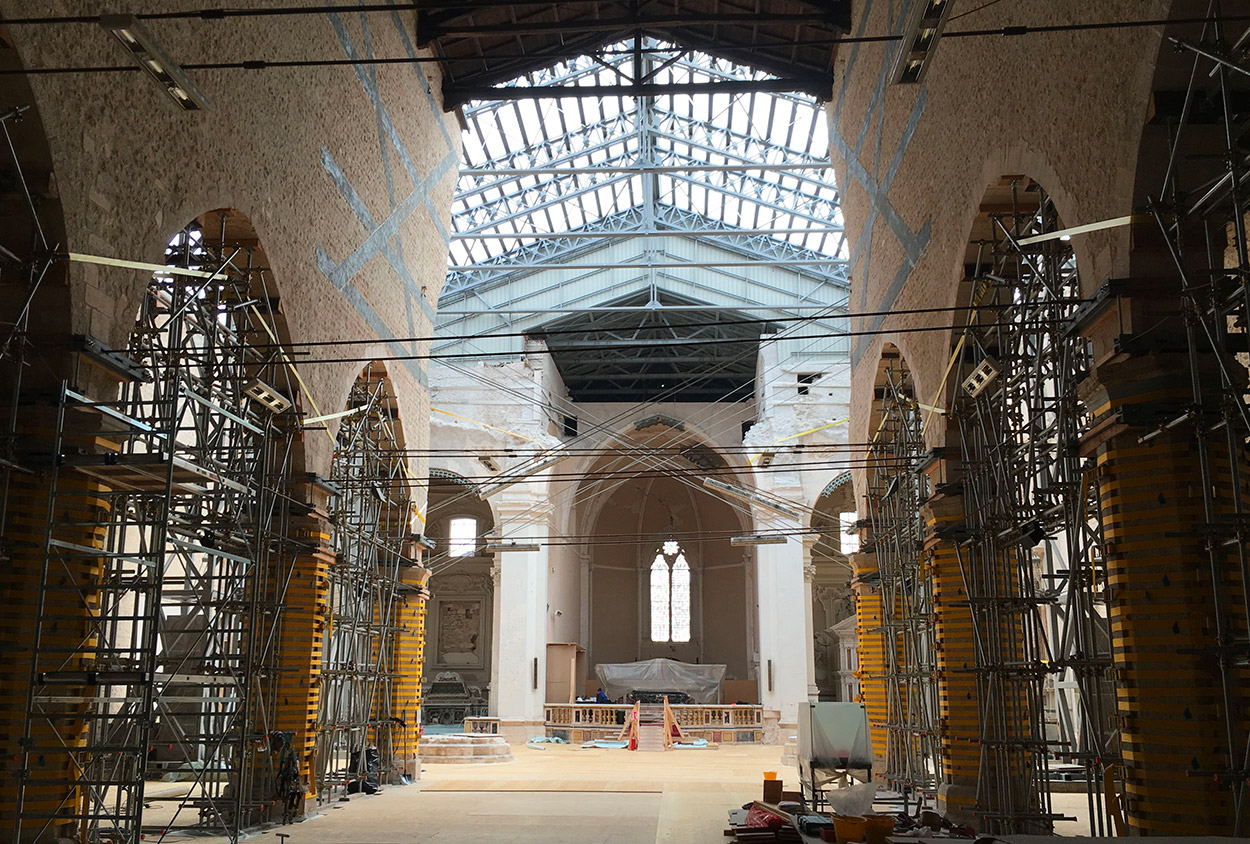Why perform a dynamic monitoring on a building?
A dynamic monitoring can be conducted for:
| Measure the vibrations induced by the work |
installation on the building of a velocimeter (seismometer class I)
NORMATIVE UNI9916
| Measure the disturbance to persons |
installation of a triaxial accelerometer inside the house
NORMATIVE UNI9614
Dynamic monitoring can also be conducted to:
| UNDERSTAND THE MODAL PARAMETERS OF A STRUCTURE (eigenfrequencies, damping, modal shapes). |
| Allows the CALIBRATION OF STRUCTURAL FINITE ELEMENT MODELS (FEM models) that can be used for: |
- evaluation of the seismic vulnerability of the structure design of any interventions
- identification of the causes that may have determined changes in dynamic behavior.
Specific processing for every need
| Early warning system: |
the system communicates in real time the exceeding of preset thresholds through light and sound signal, or via e-mail/message.
| • Quick dynamic analysis: |
- When the threshold is exceeded, a so-called "event" is identified
- An FFT is performed for portions of signals of interest
- The 3 values (2 horizontal, 1 vertical) are placed on the frequency/velocity graph according to DIN4150.
Applications
Civil buildings
Historical buildings
Platforms
Bridges and viaducts
Dams



